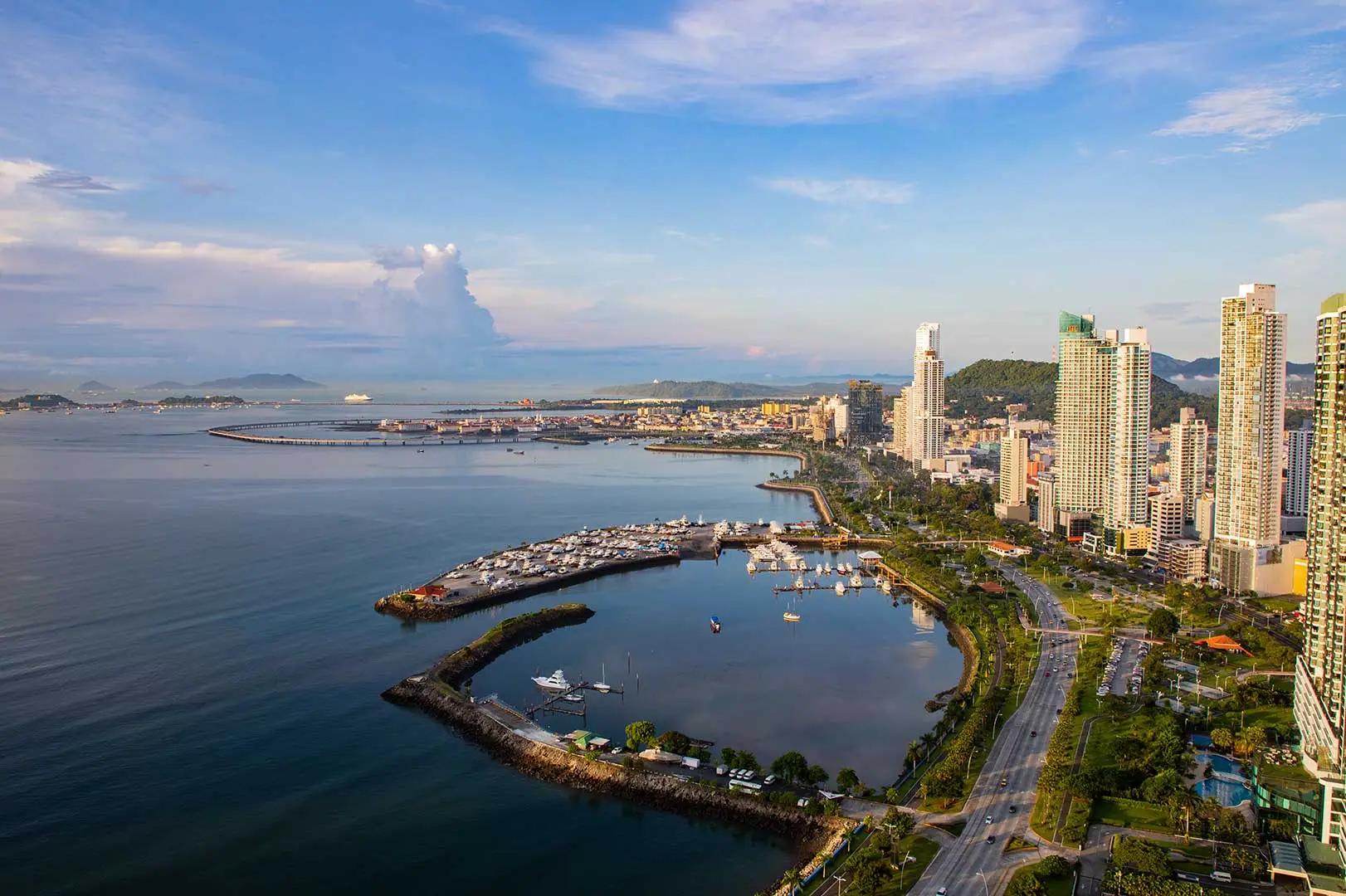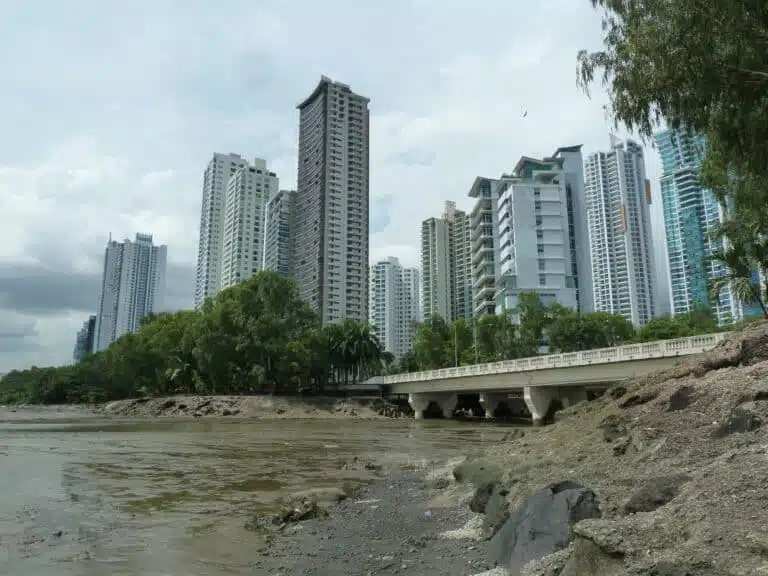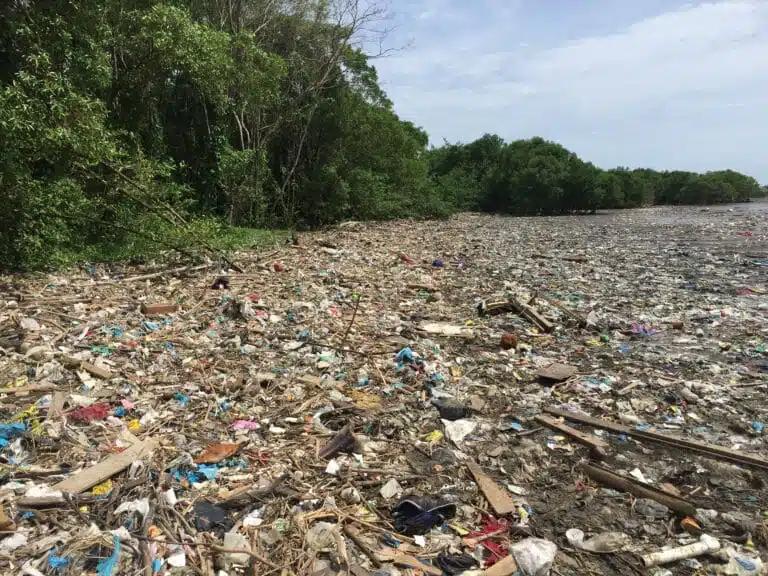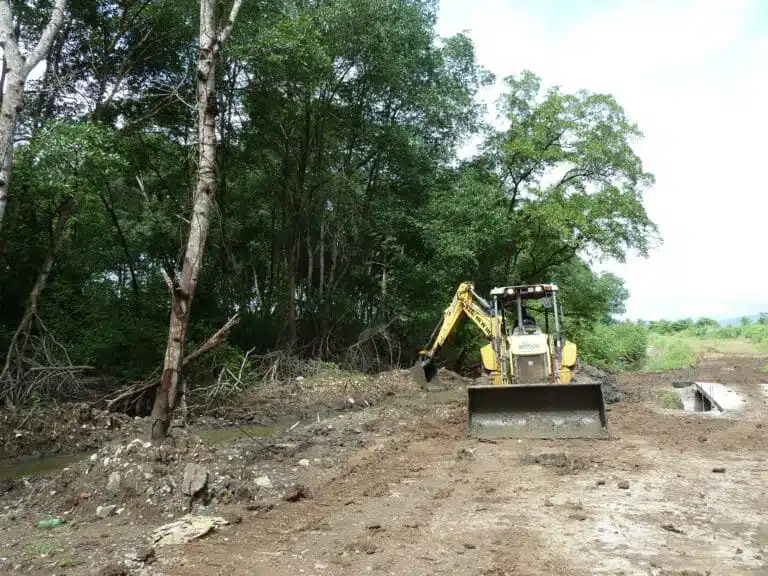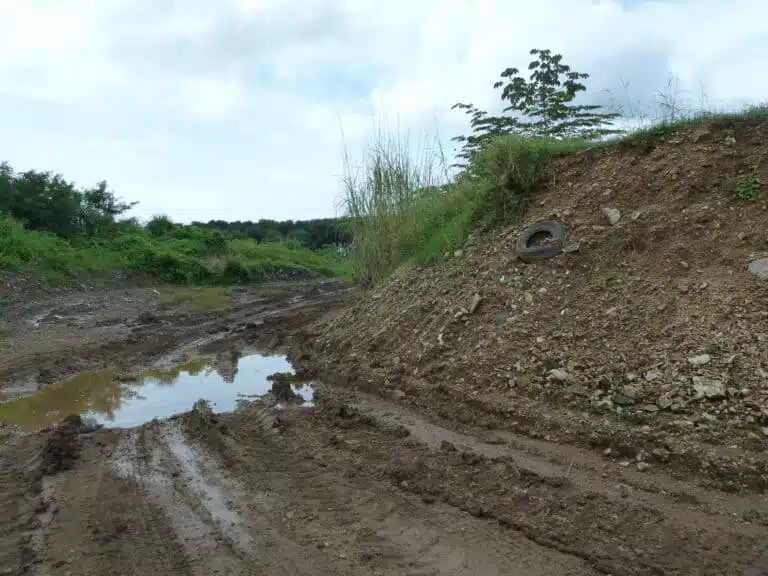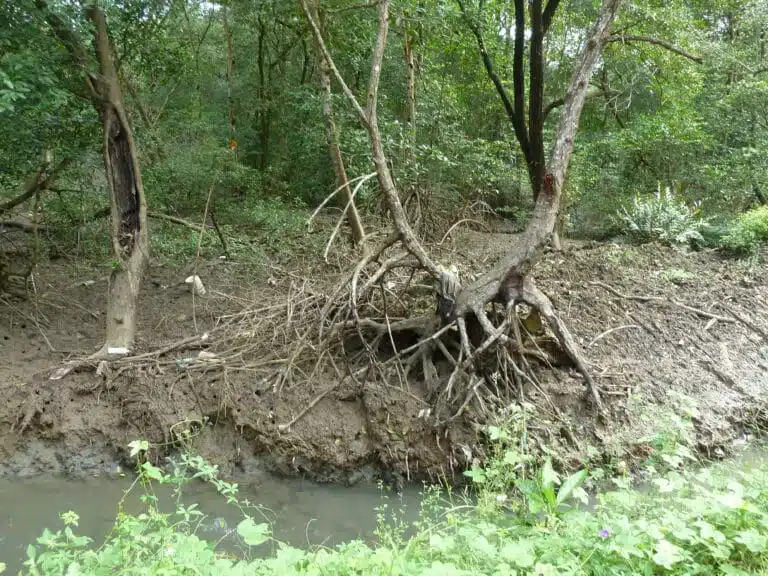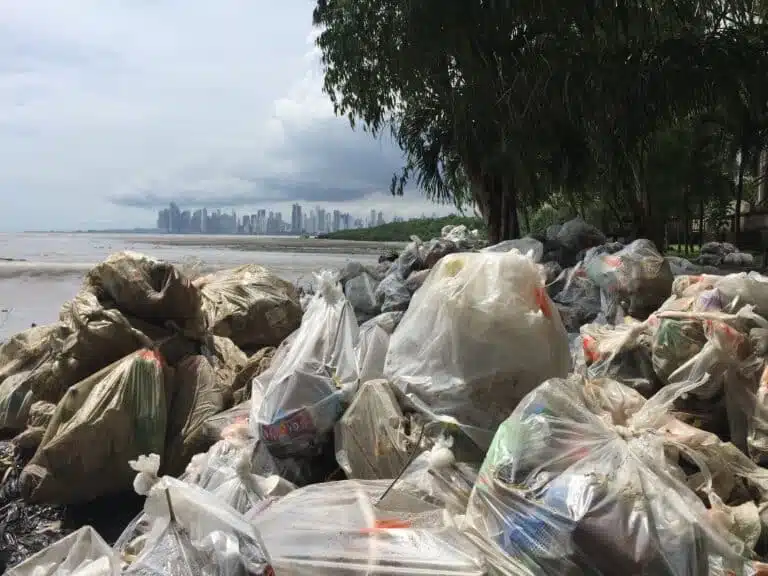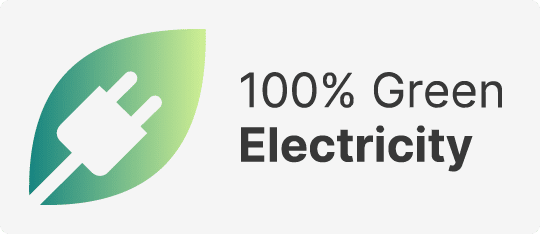Supporting sustainable development
The study made recommendations for all sectors involved in or able to influence flood and erosion risk management. Opportunities were identified in two currently undeveloped floodplain areas to both optimise their topography to store and reduce flood peaks, and to provide space for recreation and high-quality development zones on higher ground.
Through our investigation, we enhanced the Municipality’s evidence base to support its emerging district plan. Capacity building was delivered to a wide range of stakeholders and was used to develop a training session at the 2020 Understanding Risk CentroAmérica (URCA 2020) conference.
To find out more about our work in Panama, contact our team. You can also read more about this assignment on the World Bank website.
